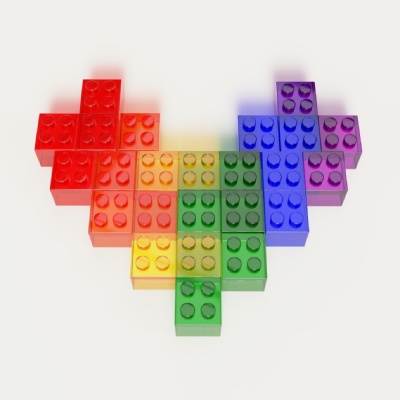Communication and Community

By Fiona Schneider, Marketing and Communications Officer, OWN Trust Central Office
What is Communication?
The Collins Concise Dictionary defines communication as ‘the imparting or exchange of information, ideas or feelings.’
In the animal world, communication occurs through facial expressions, sounds, body language, and biological messages.
In the human world, we encompass all of these too, but we have overcome the challenges of distance and complexity to create a whole range of other tools that enable us to communicate with each other more effectively.
When I think of all the ways I rely on communication to get through my daily life, I lose count. Verbal interactions with family, friends, or colleagues, either face-to-face, on zoom, or by telephone. Written interactions through emails, emojis, social posts, and handwritten letters to my niece in Los Angeles. There are also a myriad of facial gestures, meaningful silences, shared glances, and smiles that pepper the day.
It’s impossible to imagine a world in which all these forms of communication are curtailed. In Jean-Dominique Bauby’s book ‘The Diving Bell and the Butterfly’, he describes his experience of being quadriplegic, only able to communicate by blinking out the letters with his left eyelid:
‘My communication system disqualifies repartee…. It deprives conversation of its sparkle; all those gems you bat back and forth like a ball…’
It's the batting ‘back and forth’ that can make communication such a joy and a creative path to understanding.
When Communication becomes a Miscommunication
Sometimes, even with the best will in the world, miscommunication can occur. As the playwright, George Bernard Shaw remarked:
‘The single biggest problem in communication is the illusion that it has taken place.’
This quotation always makes me smile because it’s so true.
Even now, as I write this blog, in the earnest hope that it makes sense to whoever is reading it, the very language I use is a minefield. Leaving aside the content of what I’m trying to say, there are many other potential pitfalls. Are the sentences too long, the paragraphs too dense, the words too wordy or the references too obscure? Have I held your attention? Or are you skim-reading to the end?
Communication is a form of exchange from one mind to another. It relies as much on reading as upon writing, on listening as speaking. At this moment in time, I’ve no idea if the thoughts within this blog have been adequately communicated or not. I may strive for clarity, but true clarity will only exist if you have been able to understand what I’ve said.
This means that we must be very mindful of how we communicate and consider the different people to whom we are speaking: their backgrounds, interests, experiences, skills, and needs.
How Communication can build Community
As colleagues who work in an educational setting, we are already aware of the importance of effective communication. We modulate our language, perhaps even without thinking, to ensure that the children in our schools can understand, learn from and respond to what we’re saying.
Within the OWN Trust too, there are a whole host of ways in which communication between staff is facilitated: in meetings, emails, newsletters, and informal conversations. The challenge is to keep improving how we communicate so that it is reciprocal, dynamic, and meaningful, and encourages that two-way exchange that produces solutions, innovations, and cohesion.
The OWN Trust Community Working Party (with which I am involved, alongside Carly Pearson, Jo Simmons, and Kelly Fenton-Bradshaw) recognises that communication across three sites and with a variety of different people (staff, parents, and children) can be daunting. It’s all very well having exciting events taking place, but how do we make sure that everyone knows about them?
Over the next few months, we’ll be putting together a set of OWN Trust Communication Guidelines to ensure that the way we impart and exchange information is effective. Often, there is more than one way to reach people, and it will be important to offer a range of ways for you to hear about what is happening within the community of which you are a vital part.
As Rollo May, the American psychologist commented:
‘Communication leads to community: that is, understanding, intimacy, and mutual valuing.’
If you’ve reached the end of this blog, then thank you - we’ve already made one step on the way to understanding, and if you’ve any comments or questions you'd like to communicate back to me, please let me know.
Photo by Allison Saeng on Unsplash
